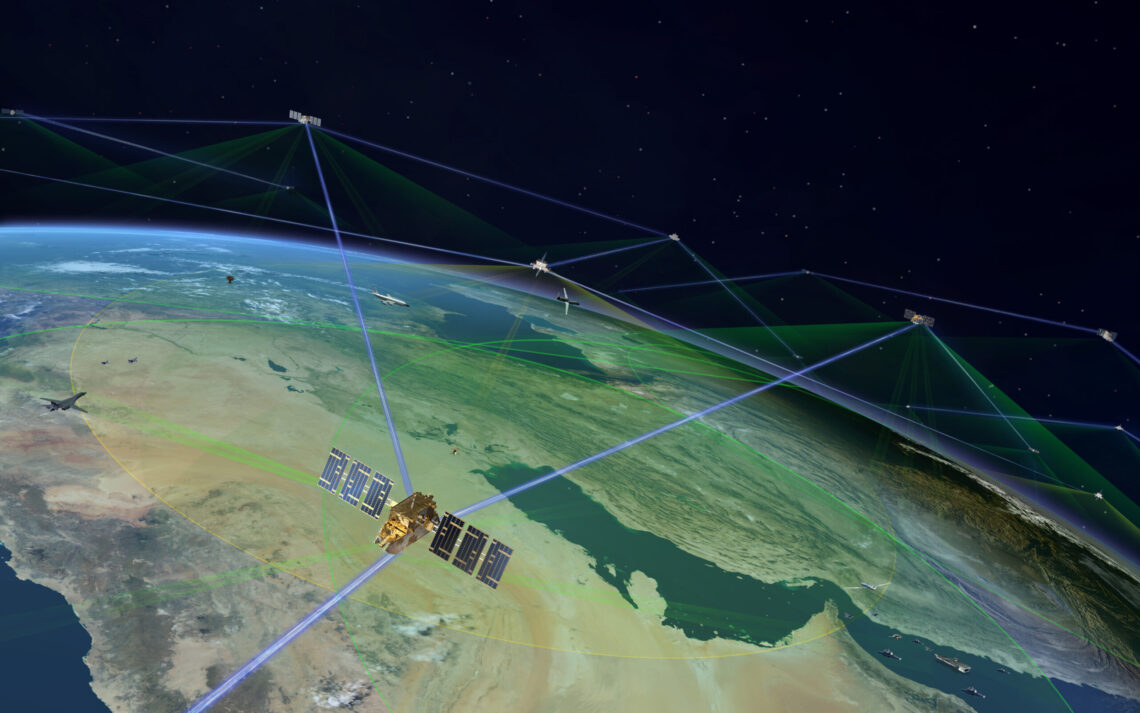For decades, the Pentagon has wrestled with replacing large, monolithic satellites with more agile constellations of smaller spacecraft, a concept known as satellite disaggregation. Proponents have argued that distributed systems are more resilient against attack and allow more frequent technology upgrades.
This vision is gaining momentum, driven by the work of the Space Development Agency (SDA) — an organization under the U.S. Space Force that is developing a missile-tracking network in low Earth orbit using hundreds of relatively small satellites. By contrast, today’s missile detection architecture relies primarily on a small number of large satellites parked in geosynchronous orbits 22,000 miles above the Earth.
The Space Force is now looking to emulate aspects of SDA’s proliferated acquisition strategy, laying out plans to augment or replace the Defense Department’s backbone systems like protected communications, weather monitoring, and even GPS with clusters of smaller vehicles. Lt. Gen. Philip Garrant, head of the Space Systems Command that oversees Space Force acquisitions, observed that the procurement approach embraced by SDA is reverberating across the service.
“SDA has fundamentally changed acquisition,” Garrant said May 21 at a Mitchell Institute for Aerospace Studies event. “They have leveraged the commercial sector, they’ve leveraged relationships with the warfighter. So we’ve learned a lot of lessons from them.”
The Pentagon’s large, bespoke satellite programs are not completely going away. But disaggregation is increasingly taking hold across the U.S. military’s space architecture, said Cordell DeLaPena, program executive officer for military communications, positioning, navigation, and timing at the Space Force’s Space Systems Command.
This push for change, he said, is being fueled by lower launch costs, more capable small satellites, and other advances spearheaded by the private sector.
Read the full article here

